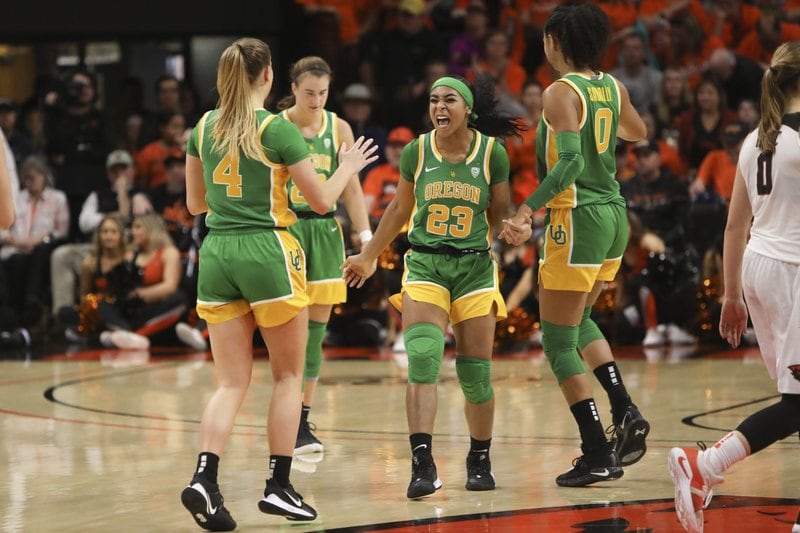Vitamin D plays a significant role in an athlete’s overall health and performance. Deficiency can lead to hip fractures, osteoporosis and conditions like rickets.
While many are well aware that it is necessary for bone health, growing research suggests it is also needed for mental acuity, muscle growth, immune function, and digestion.
Questions surrounding dosage
According to researchers from George Mason University and the Mayo Clinic Health System Sports Medicine Research, “Vitamin D may play a role in performance and injury risk, yet the required supplementation dosage for collegiate athletes is unclear.”
“Many athletes are now engaging in supplementation and we don’t currently know what the optimal or safe amount of supplementation may be,” said Dr. Sina Gallo, assistant professor in Mason’s Department of Nutrition and Food Studies. “Prior studies that have addressed this topic typically report data from non-athletic, older populations.”
To narrow down the dosage of vitamin D supplementation required to benefit a sample of athletes, researchers assessed vitamin D status among basketball players from the George Mason Patriots men’s and women’s teams.
Study
The study, published in the journal Nutrients, followed basketball players from the George Mason Patriots men’s and women’s teams during the 2018-2019 season. Players were divided into three groups: high dose, low dose or no vitamin D, depending on their D levels at the start of the study.
The supplements were formulated by NOW, which also helped fund the study.
The participants were monitored regularly throughout the five month season, with athletic trainers on hand to watch them take their vitamin D intervention regimen. Each player’s body composition, skin pigmentation, sun exposure, dietary intake, and blood were also collected during the study.
Findings
“Overall, our findings showed that 13 of the 20 (65%) participants were vitamin D insufficient at baseline,” said Dr. Margaret Jones, professor in Mason’s School of Kinesiology and sport scientist for the Frank Pettrone Center for Sports Performance. “This result is consistent with a recent systematic review and meta-analysis wherein 56% of a total sample of 2,000 athletes residing in nine different countries including the United States had inadequate levels of vitamin D.”
College athletes participating in indoor sports, especially African-Americans are at greater risk of injury or poor performance.
Athletes with darker skin pigmentation were found to have a higher risk of vitamin D insufficiency at baseline, putting them at greater risk of injury or poor performance.
None of the players with fair or very fair skin fell into the insufficient category at baseline.
The report concluded, “There was a high prevalence of vitamin D insufficiency among, predominately African-American, elite collegiate basketball athletes. Supplementation as high as 10,000 IU daily was unable to achieve sufficient status among all participants although it appears to be protective against seasonal declines in 25(OH)D concentrations. Conversely, a dosage of 5000 IU daily was insufficient and failed to attenuate against seasonal decline. High adiposity and the lack of ability to achieve a categorically optimal concentration of 25(OH)D above 125 nmol/L may help explain the results. Research, with a larger sample, is warranted to aid in the development of screening protocols which will enable medical and sports nutrition staff to identify key risk factors of hypovitaminosis D.”
Gallo added that because athletes may not get the necessary vitamin D through natural dietary sources, supplementation is a safe, affordable, efficacious method to combat deficiencies.
Market
The global vitamin D market is projected to reach a value of nearly $1.7 billion by 2025, growing at a CAGR of 7%. According to Markets and Markets, the growth is driven by awareness of vitamin D deficiency, rise in incidences of osteoporosis in women, and increase in cases of child malnutrition. More government initiatives and awareness campaigns is expected to create new opportunities to spur market growth.
Source: Nutrients
2020, 12(2), 370; doi.org/10.3390/nu12020370
“The Effects of Cholecalciferol Supplementation on Vitamin D Status Among a Diverse Population of Collegiate Basketball Athletes: A Quasi-Experimental Trial”
Authors: N. Sekel et al.




